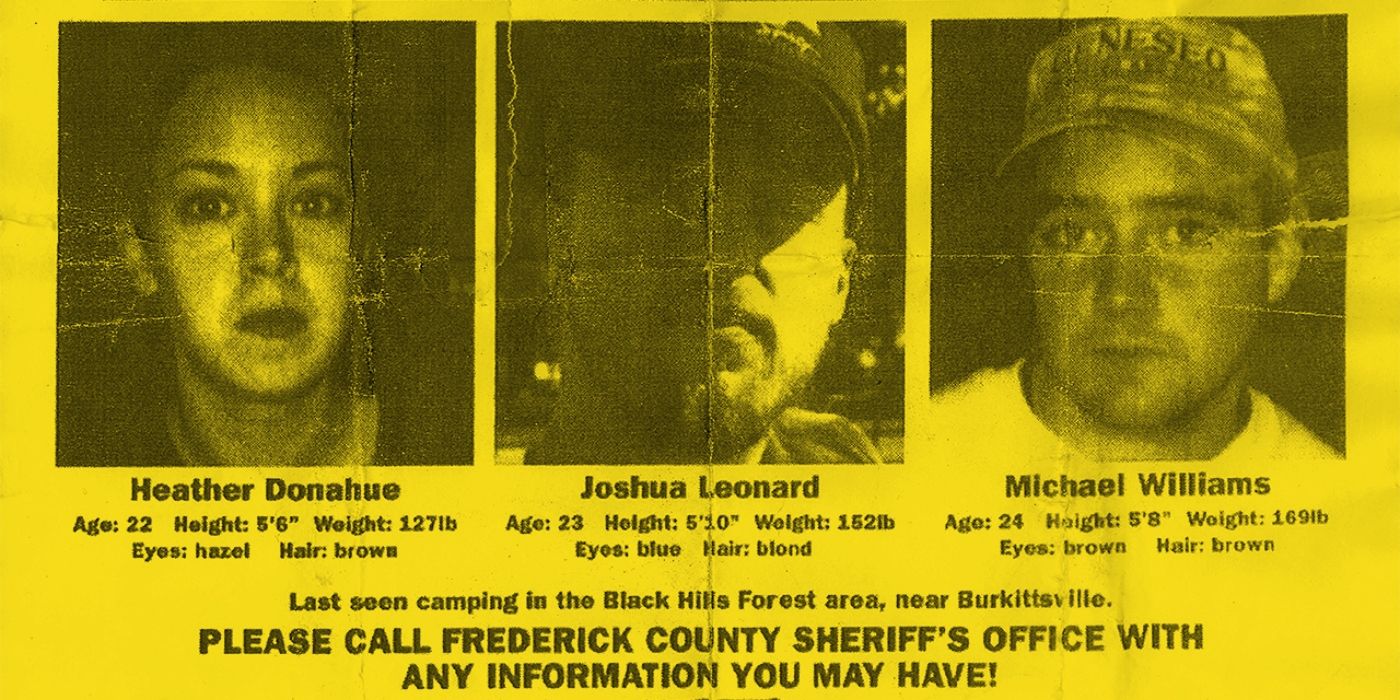
Atmosphere is all well and good, but there must be something, or someone, to cling to also. Also, most of the dialogue is presented in whispers while little attempt is made to introduce characters or illuminate their roles in the story. Although Graham cultivates an atmosphere of impending dread, it’s difficult to fully engage with the story because nobody outside of his immediate family knows what actually happened.
The blair witch project 2016 showtime marshall full#
Like Blair Witch, it requires your full attention to really make an impact - half-watching while scrolling through Twitter won’t cut it. Sator is a slow burn, and the payoff for waiting around will not suit everybody. More by Joey Keogh: Review: Justin Benson and Aaron Moorhead’s ‘Synchronic’ There’s certainly a dark feeling to Sator overall. Graham’s compositions are really beautiful and spookily elegant in a way that captures how expansive the landscape is while also alerting viewers to its foreboding oppressiveness. The landscape is photographed beautifully, while an audioscape of weird, ambient forest noises ensures that even the most mundane tasks, such as opening a can of carrots, are tight with tension. Graham is evidently working from a non-existent budget ( Sator was reportedly in post-production for several years), but what’s presented onscreen utterly usurps those potential setbacks. When Deborah shows up and Lowe, a rather wooden actress, fixes Adam with a dead-eyed stare, complemented by her irritatingly one-note line delivery, it’s difficult to imagine something supernatural isn’t going on, which is a real shame because it’s when the particulars are left murky that Sator really sings. For much of its short run-time, Graham plays with the idea that the demon might not actually be real but is rather a symptom of hereditary mental illness. The introduction of oddball Deborah (Aurora Lowe) sadly robs Sator of some of its well-built atmosphere by making things too plain. More by Joey Keogh: Review: Neil Marshall’s ‘The Reckoning’ Nani intones “he will make you pure” at one point, but Graham provides little in the way of background information about the creature - is he a minion of Satan? A wendigo? There’s even a suggestion that Adam’s dog whistle, which sounds like a screaming child, might be summoning Sator. Whether he’s actively seeking Sator out or not is left vague, or maybe it doesn’t really matter in the grand scheme of things, but Adam is clearly trying to protect himself from something with the big cross necklace permanently draped around his neck.

There’s a mystery element to Sator too, revolving around Adam’s missing mother and also the particulars of what happened to his grandfather. The isolated forest setting fits this strange, off-kilter mood perfectly, its earthiness providing a further layer of oddness. At times, Sator feels almost like a documentary, as though old footage is being spliced into the greater narrative, giving it kind of a Blair Witch Project feel. It’s an interesting choice overall, and one that certainly sets a creepy tone right off the bat, but it’s not entirely clear why Graham has chosen to differentiate in this way. As it transpires, every time the action, or rather inaction, moves to Nani’s house, the film reverts to this style of footage. Sator kicks off with some monochrome footage, shot in a boxy ratio to set the mood, of what looks from the outside to be a haunting. More by Joey Keogh: Review: Nora Unkel’s ‘A Nightmare Wakes’ In fact, his intentions grow muddier as the film goes on.

Adam roams the forest with a gun and his dog (who clearly knows something is up) in tow during daylight, but spends his nights combing over grainy footage of their surroundings, often while simultaneously listening to crackly recordings of Nani (June Peterson) talking to “Sator.” It’s not immediately clear what Adam is hoping to glean from doing either of these things.

Or, at least, that’s what his brother Pete (Michael Daniel) suggests ominously when he visits one day. The protagonist is, ostensibly, Gabriel Nicholson’s Adam, who’s living in a dilapidated shack in the woods while hunting deer. The titular being is somebody that Graham’s grandmother, who plays herself, speaks to as a symptom of her dementia - or is it? Suffice to say, Sator’s real-world ties are what make it a simultaneously fascinating and frustrating viewing experience overall.

The story is based on director Jordan Graham and his extended family’s experiences with the supernatural. However, unlike many other stubbornly-pretentious movies that deliberately isolate their audiences as a point of pride, it’s by necessity rather than design. Sator is not for everybody - let’s just get that out of the way quickly.


 0 kommentar(er)
0 kommentar(er)
